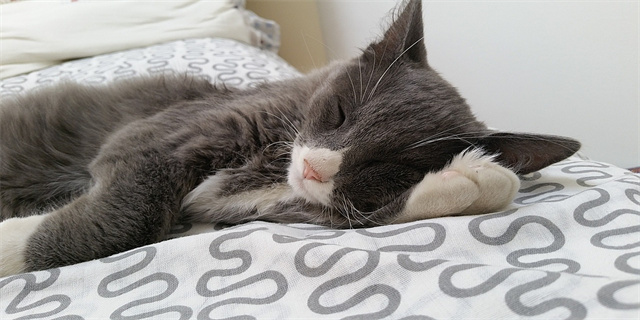fidgety(How to Cope with Fidgety Behavior A Guide for Parents and Caregivers)
How to Cope with Fidgety Behavior: A Guide for Parents and Caregivers
Introduction: Fidgety behavior is a common occurrence among children, especially those with attention deficit hyperactivity disorder (ADHD). This behavior can manifest in different ways, such as fidgeting, tapping, and squirming. As a parent or caregiver, it can be challenging to deal with fidgety behavior, especially when it affects a child's ability to focus on schoolwork or other activities. However, there are several strategies that you can use to help children cope with fidgety behavior.
1. Encourage physical activity
Children who exhibit fidgety behavior may be exhibiting excess energy that needs to be released. Encouraging physical activity can be an effective way to help them release this energy. You can encourage your child to participate in activities such as sports, dancing, or yoga. These activities not only help children burn off excess energy but also help improve their overall physical health. According to the Centers for Disease Control and Prevention (CDC), children need at least an hour of physical activity a day to maintain good health.

2. Provide sensory outlets
Children with fidgety behavior may benefit from sensory outlets that help them focus their attention. These outlets can include items such as stress balls, fidget spinners, or chewable jewelry. Sensory outlets provide a tactile or visual experience that can help children focus their energy and attention. Additionally, sensory outlets can be discreet, so children can use them during school or while sitting in a meeting, without disrupting others.
3. Create a structured environment
Children with fidgety behavior may benefit from structured environments that provide routine and predictability. This structure can include routine times for meals, activities, and homework. When children know what to expect, they may feel less anxious, which can reduce fidgety behavior. Additionally, you can create a structured workspace for children that includes a comfortable chair, a desk, and an organization system for school supplies. A structured environment can help children feel more in control, which can reduce fidgety behavior.

Conclusion: Fidgety behavior can be challenging for parents and caregivers, but there are several strategies that can help children cope with this behavior. Encouraging physical activity, providing sensory outlets, and creating a structured environment are just a few of the many strategies available. By implementing these strategies, you can help your child manage their fidgety behavior and succeed in their daily activities.
版权声明:本文内容由互联网用户自发贡献,该文观点仅代表作者本人。本站仅提供信息存储空间服务,不拥有所有权,不承担相关法律责任。如发现本站有涉嫌抄袭侵权/违法违规的内容, 请发送邮件至3237157959@qq.com 举报,一经查实,本站将立刻删除。
